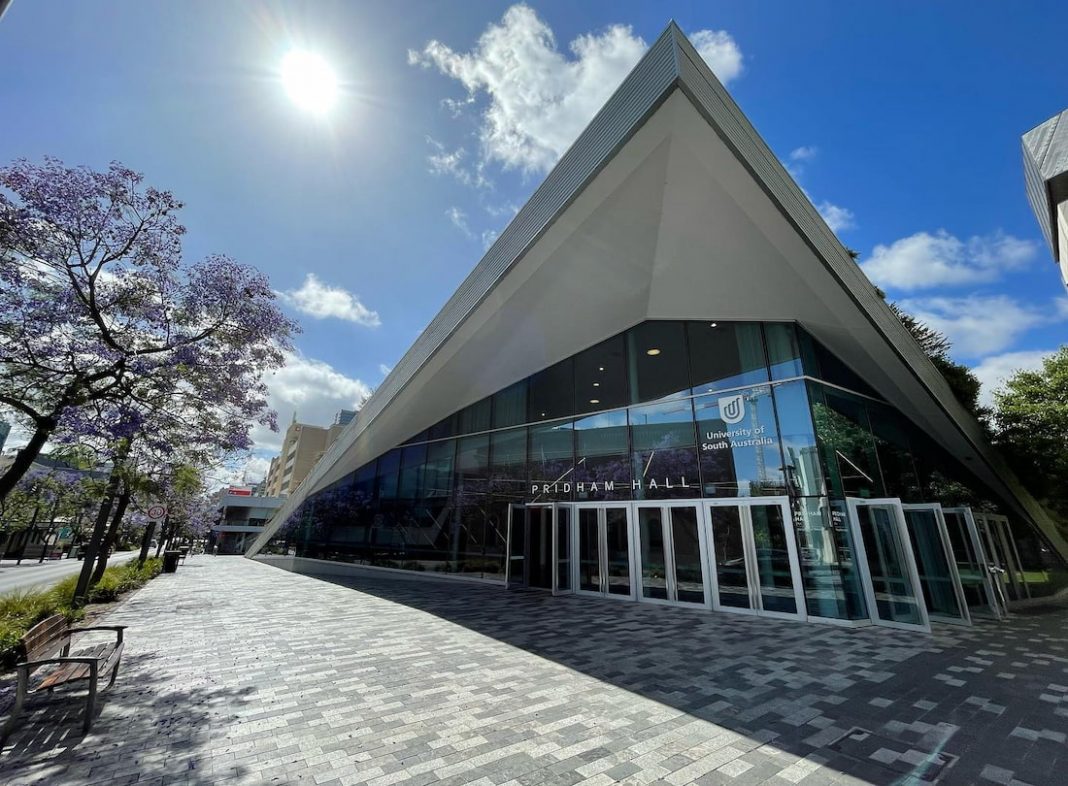It’s a beautiful moniker, but for Australia’s ‘butterfly children’ it belies a devastating reality filled with enormous pain and suffering caused by a rare skin condition – Epidermolysis Bullosa (EB).
Affecting more than 500,000 people worldwide – and around 1,200 people in Australia – EB is a rare genetic disease that causes the skin to blister and peel at the slightest touch, leaving open wounds that may never heal and skin infections which can lead to sepsis and death.
Children with EB are sometimes referred to as ‘butterfly children’ because their skin is as fragile as a butterfly’s wings. In severe cases, the blisters can also occur inside the body, such as the lining of the stomach.
While there is no known cure, University of South Australia scientists are developing a monoclonal antibody therapy that can heal both internal and external wounds simultaneously – a groundbreaking therapy that has never been attempted anywhere else in the world.
UniSA Regenerative Medicine Professor Allison Cowin says the treatment could be “life changing” for patients, leading to fewer infections, less pain, improved nutrition, and a far better quality of life.
“The aim is to inject patients with this drug, specifically targeting a protein which is present at high levels in the wounds of patients with EB, impairing healing,” Prof Cowin says. “The drug should neutralise this protein, allowing the wounds to heal better.”
For Prof Cowin and her team at UniSA’s Future Industries Institute, 15 years of work towards developing this therapy will hopefully progress to clinical trials in the next two years, but this is contingent on funding.
“EB is a disease that not many people have heard of, so trying to get funding is incredibly challenging. However, when you see what children have to endure with this condition – years of severe pain, disfigurement and wounds that never heal – it keeps us highly motivated to find a treatment.”
UniSA Senior Research Fellow Dr Zlatko Kopecki, a member of Prof Cowin’s team, says the UniSA Regenerative Medicine Laboratory is one of only a handful in Australia looking at developing new treatments for skin blistering.
“Research is vital to finding new treatments for this condition,” Dr Kopecki says. “Research identified the cause of EB, which has enabled pre-natal diagnosis in families, however it’s also important because of gene therapies that are coming into the pipeline.”
EB is caused by a gene mutation that makes the skin more fragile. Individuals with EB lack critical proteins that bind the skin’s two layers together, necessitating a gruelling bandaging process every day.
In severe cases, patients do not live beyond 30 years.
“Clinical trials cost millions of dollars, but the amount of funding available from governments is not sufficient, so we are appealing to the public for help to alleviate the suffering of EB patients,” Dr Cowin says.
“When a child with EB can be harmed by something as simple as a hug from their mum, you can see just how essential this research really is.”



